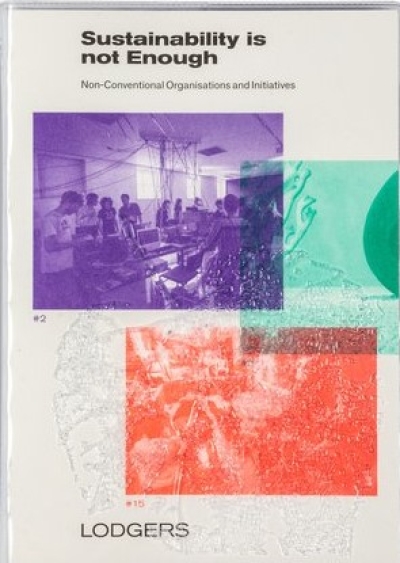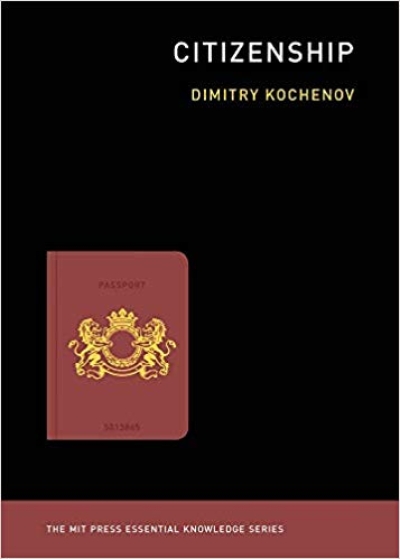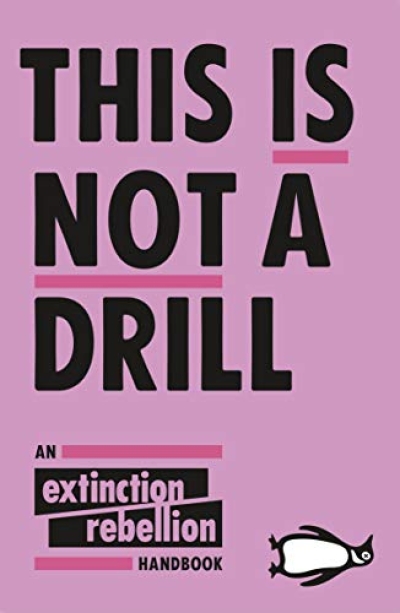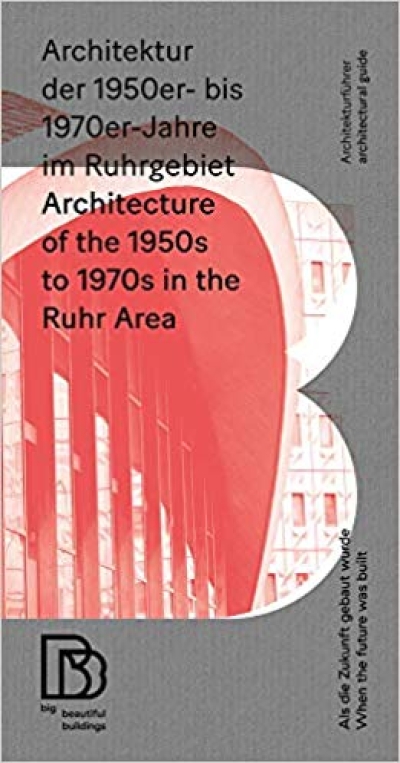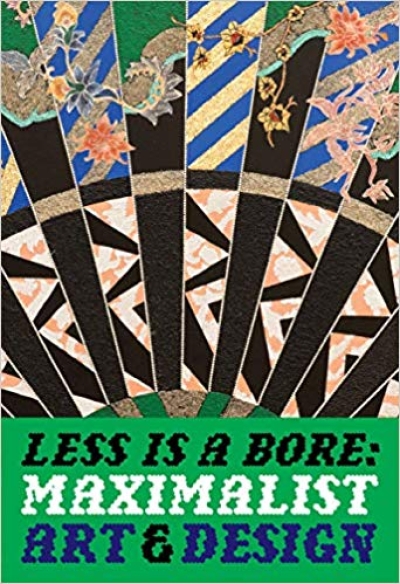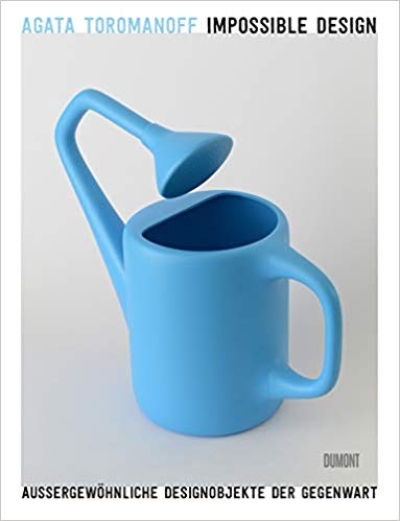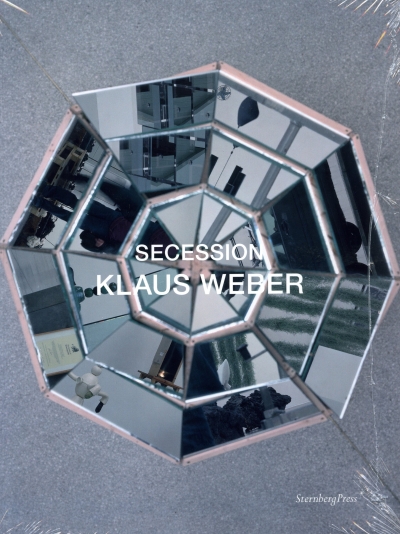
Klaus Weber. Secession
For anyone not used to today's postmedium condition, Klaus Weber's constructions could be mistaken for the experiments or inventions of a scientist or engineer. The main element of many of his works is a force or species belonging to the natural world, meteorological or biological: wind, sunbeams and rainfall, as well as plants and insects. Brought into combination with industrial materials of various kinds, Weber's assemblages look as if they should be more at home on the laboratory bench than the gallery floor. Here, the natural world is made to behave as it rarely does: heavy rainfall follows a moving car on a dry day; a small tornado issues forth from an ordinary vacuum cleaner; mushrooms emerge through tarmac; a plant hangs in the air without soil; a cactus is not a single plant, but two conjoined, with a pot at either end; a vast moth appears on the equities pages of a newspaper. Some of Weber's work recalls the mermen that taxidermists made from gibbons and fish that found their way into some Victorian natural history museums at a time when the veracity of the duckbilled platypus was doubted and Darwin's Origin of the Species was shaking the intellectual foundations of the West. For his first large-scale solo exhibition at the Secession in Vienna, Klaus Weber installed "Sonnenorgel" (Sun Organ), a heliostatic mirror, on the institution s roof. The heliostat collects the sunlight and projects a concentrated ray into the exhibition space. There, the light strikes an octagonal mirror object that scatters reflexes across the room, illuminating the exhibits as though with a spotlight or merely streaking them and thus establishing an immaterial connection between them, interrelating them like actors sharing a script and stage. In this way each work receives fluctuating light waves that have travelled some 150,000,000 kilometres rather than the usual few metres from a gallery s lighting track. This comprehensive catalogue documents for the first time the artist s oeuvre and reveals a recurring sense of limit-experiences: accidents, organism mutations, altered states, incursions from the outside. These apparent aberrations do not open up escapist or apocalyptic fantasies: instead, by intervening in the kinds of urban spaces that dominate our "advanced" cities, they undermine the sovereignty of order, and open up a space where alternative conceptions of social reality can be thought and acted upon.









